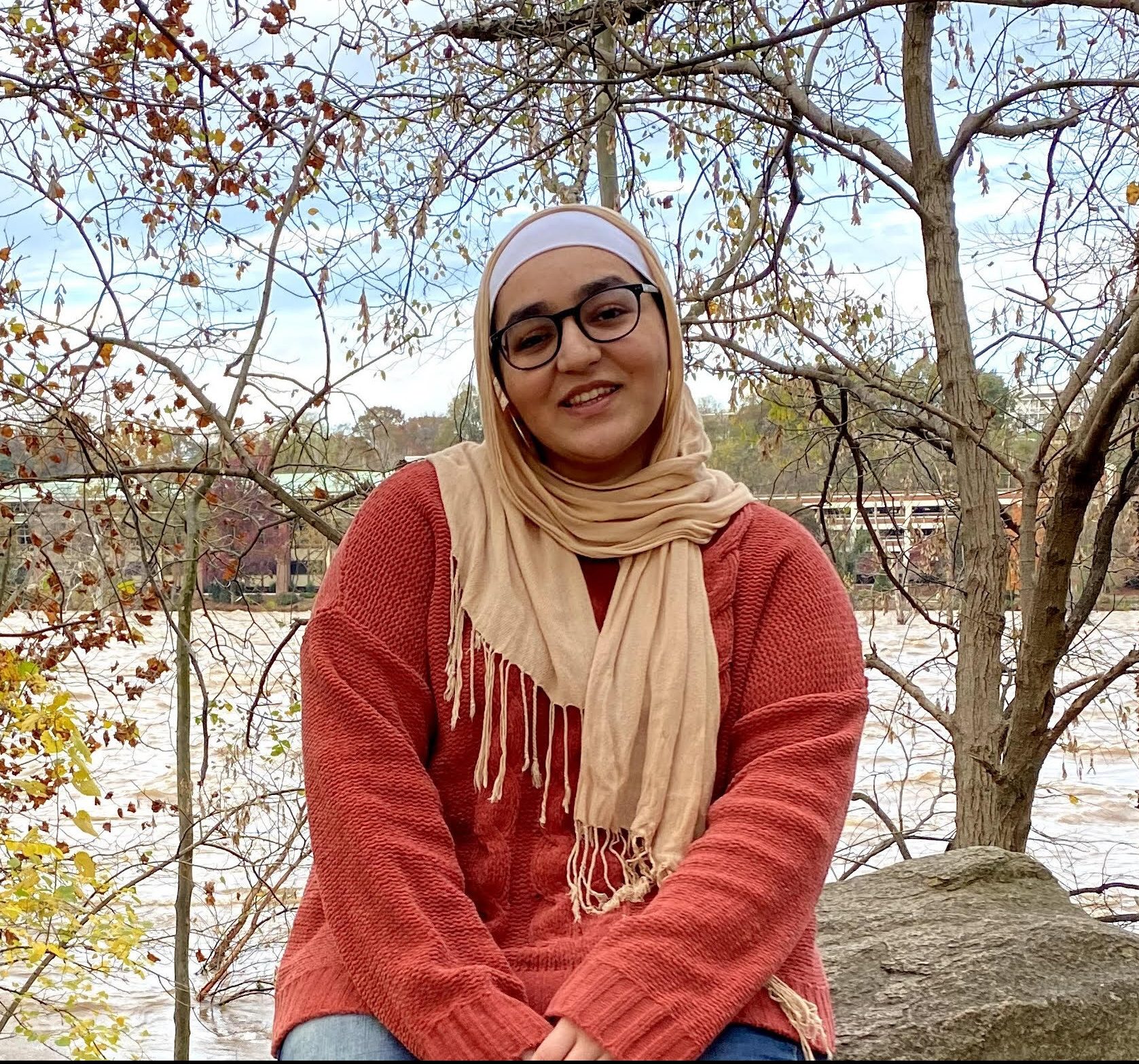When Americans think of Egypt, many of them picture a vast desert decorated with palm trees and sand dunes, camels roaming the landscape and the Great Pyramids of Giza at the center of it all. But with its large cities, shopping centers, beaches and different social norms, Egypt contains so much more than what you’ll find on a postcard. Although the customs and routines that fill the daily lives of Egyptians differ greatly from those of Americans, residents of the two countries do share similar everyday experiences.
Housing
Housing in Egypt is perhaps one of its most unique features. It ranges anywhere from humble, single-room huts to large, ornate villas. However, the majority of Egyptians live in tall apartment buildings. Apartment buildings provide housing for many people without taking up as much horizontal space as houses in the U.S. would. Because Egypt is so densely populated in the areas surrounding the Nile River, this type of housing is the best option for its neighborhoods.
While the U.S. is divided into states, counties and cities, Egypt’s layout is much more complex. Governorates, or mohafazat in Arabic, are the largest entities in the Egyptian government’s authoritative structure. They’re comparable to states in the U.S., and each mohafazat contains its own mohafez (governor). The mohafez is appointed by the president of Egypt and oversees the government under the president’s guidance. At the center of an Egyptian governorate is its capital, or asima, which is surrounded by smaller cities called marakiz.
In the outskirts of this circular system are villages called qurah (plural of qariah), which mainly consist of farmland and the residential areas nearby. For a more visual comparison, think of a governorate as a large circle with concentric circles inside it. The centermost circle is the asima, and the circle surrounding it contains the multiple marakiz. Finally, the marakiz are surrounded by the multitude of qurah, which is a beautiful sight to pass through, as cattle roam around the lush green vegetation not far from the farmers’ homes.
Inside the Home
One aspect of daily life in Egypt that remains distinct from the U.S. is a simple, everyday task: laundry. While most American households include a washer and dryer or perhaps a laundry room in their apartment buildings, it’s rare to find the same appliances in Egypt. Most Egyptians wash their laundry by hand in plastic or metal basins, although those who can afford it tend to invest in a washing machine. However, even members of the Egyptian upper class rarely purchase dryers. Instead, Egyptians take advantage of their country’s dry, windy climate by installing clotheslines on their balconies or rooftops. This allows for the clothes to air dry quickly, all while conserving electricity and saving money.
Bathrooms in Egypt also differ from those in America. Almost all Egyptian bathrooms, including public restrooms, contain a bidet attached to the toilet. Egypt is a predominantly Muslim country, so many Islamic customs were adopted by Egyptian society. Because Islam emphasizes cleanliness and orders its followers to thoroughly wash themselves after using the bathroom, bidets are prevalent in both Muslim households and Egyptian society. Although bidets gained popularity in the U.S., especially after the toilet paper shortage at the beginning of the COVID-19 pandemic, they are far from being commonplace in the U.S. Another unique feature of Egyptian bathrooms are the drains in the floor for water to flow through. This makes it easier to clean bathrooms with a floor squeegee, rather than needing to continuously wring out a mop.
Transportation
As a densely populated country with bustling, crowded cities, Egypt has tons of transportation options for its residents to choose from. Like the U.S., taxis and buses can be found cruising down Egyptian streets. However, while taxis in the U.S. are mainly found in big cities like New York or Chicago and are slowly losing their popularity to rideshare apps like Uber and Lyft, taxis continue to rule the streets of Egypt.
Egyptians also ride in tuk-tuks, an option completely unique to the African country. Similar to the Indian rickshaw, a tuk-tuk is a small, three-wheeled vehicle with a doorless body comparable to a horse-drawn carriage. It’s driven by a man sitting in the front, with two passengers in the seats behind him. The tuk-tuk’s bright lights and distinct frame also make it easier for passengers to spot them from a distance. Unfortunately, the charming mini-cabs may not exist for much longer as taxis and Uber continue to rise in popularity. The government also regulates their usage to reduce accidents and casualties.
Another vehicle used by Egyptians is the microbus, and it’s exactly what it sounds like. This popular choice for long-distance travel is a smaller version of a normal bus and can transport up to 20 passengers at a time. These vehicles stop at microbus stations, where drivers call out their remaining stops to crowds of travelers. Drivers can easily weave through traffic, too.
Even with a diverse array of options, most Egyptians choose to walk to their destinations if it’s within city limits. There are usually sidewalks in front of stores, though it’s not uncommon for people to walk amid cars in the street. It may seem dangerous, but this writer has visited three different governorates and their asimas and has yet to witness an accident while walking through the streets of Egypt.
Shopping
When shopping in Egypt, there are a few customs that most Egyptians follow. Negotiating the price of a product is very common and even expected by independent sellers on street markets. Sellers often set a high price for their goods knowing customers will argue for lower. This is quite different from the U.S., where bargaining with small businesses is seen as disrespectful of their hard work and efforts.
Supermarkets in Egypt, however, use set prices just like the U.S. But what makes Egyptian supermarkets unique are the company representatives that stand near products as you shop. They’re always ready to share information on their respective brand and help you find what you’re looking for. While similar representatives may be found in department stores or shopping malls in the U.S., they’re rarely seen in grocery stores like in Egypt. Additionally, Egyptian store workers bag your groceries for you, a position that’s less common now in the U.S. It’s also not uncommon to tip the workers, which is quite unheard of in America.
While it’s evident that Egyptian and American daily lives are rather different from each other, both countries do share some similarities in terms of social norms and everyday activities. Each country consists of unique historical backgrounds, environments and cultures. But unlike common belief, Egypt isn’t just a vacation destination for tourists — it’s a beautiful country with wonderful citizens.

















